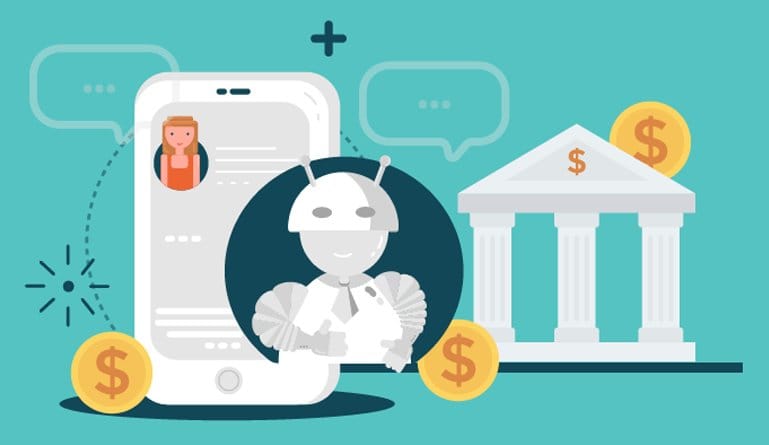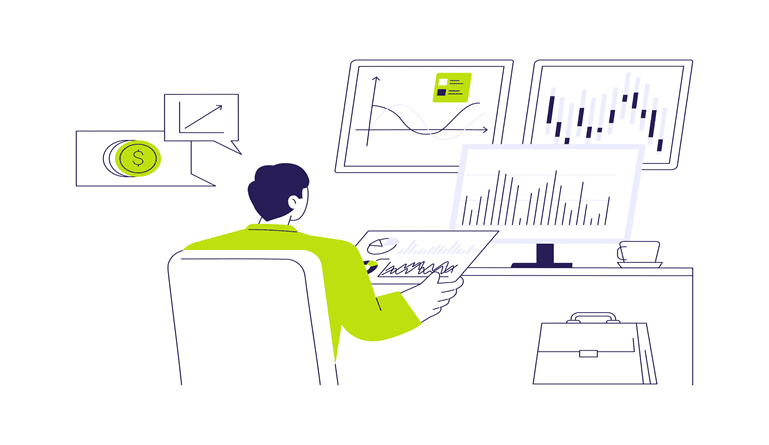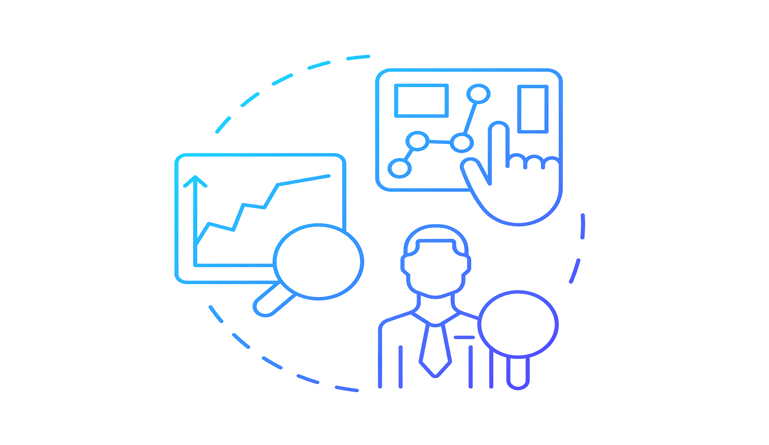AI algorithms and robotics are quietly disrupting online banking and investments right under our noses.
When it comes to data-driven investments and customer service, banks are increasingly turning to artificial intelligence to disrupt and innovate their logistics and business model.
Bankers and financiers are consistently looking for and finding innovative ways to gain a competitive advantage that leverages the disruptive potential of digital technology. Nothing has been more innovative or disruptive as of late than artificial intelligence. Artificial intelligence in the banking sector solves several pressing problems, namely concerns around security, customer support, and predictive modeling and decision making. Not surprisingly, AI in finance has become a serious area of innovation for large banks and investment firms.
AI Technologies Used in Banking
In this article, we will address some of the more wide-ranging areas in which artificial intelligence shows up in the banking industry through applications in data analytics, robotics process automation (RPA), and on-site robotic services.
Data Analytics
Large-scale investments require a keen mind to respond to trends and market shifts quickly. The advantage of artificial intelligence, however, is that it is perfectly suited to recognize patterns and trends in such a way as to make predictions about future events. Big data and data analytics anchor artificial intelligence and finance by presenting trends in a way that is actionable.
New artificial intelligence programs in financial services are evolving to make predictions for investors based on trends in big data that might go unnoticed by even the most well-trained or insightful human mind. Rather than supplanting the human intuition, however, these AI programs provide more evidence or support for investors when making decisions about millions or billions of dollars of investment.
Customer Service
Contemporary banking is online banking. Whether it is accessing secure banking information online, depositing checks via a smartphone, or making stock trades through software, banks rely more and more on computers to do business. This new wave of automation, called Robotics Process Automation (RPA) gives more monotonous tasks such as tracking and recording large numbers of transactions in AI programs that can make better sense of them.
For example, banks have learned from major online retailers and social media companies to deploy online bots (AI software trained to engage with customers) to handle basic inquiries. What’s more, digital bots called “payment advisers” help customers decide on credit or debit cards that fit their budgets and needs.
AI in banking and finance also protect bankers, banks, and customers from fraudulent activities. New AI financial programs can track expenditures automatically, flag problematic expenditures, or even block certain expenditures that fit specific criteria. These AI programs learn how to identify thieves or other criminals who plan new hoaxes, and learn to predict them in such a way as to prevent them in the future.
Robotics and On-Site Banking
Not all AI applications for the financial sector are abstract or digital. Banks in Tokyo have begun rolling out tablet interfaces and even physical robots that stand in for human bank tellers for on-site bank customers. Robots learn to respond to the needs of customers in real time, and provide quicker and more robust customer service in a physical sense. Robotics in banking extends from the online world to the physical location to automate some of the basic customer interaction tasks that make customers visiting banks feel comfortable and welcome.
There are numerous ways in which AI is disrupting the banking sector. AI-driven investment strategies make decision making quicker and more wide-ranging, and assist bankers and financiers with observing and setting trends in investment. But primarily, banks are utilizing AI on the customer-facing side of banking to handle repetitive tasks that support security and banking. With AI working behind the scenes, banking and financing are set to expand into the new digital and data-driven age.




